How to make simple overlays from improvised materials (from felt to wine cork)
Content:
Scratches on parquet flooring can ruin the aesthetics of any interior, even the most expensive one. Caps for chair legs, which you can purchase at a hardware store or make yourself, will help solve this problem.
Why else do you need overlays?
Furniture protectors are a kind of additional fittings that perform not only the functions of protecting the floor.
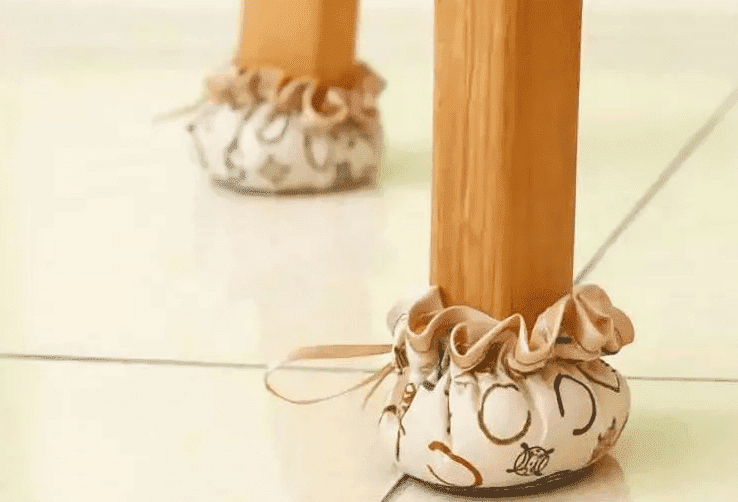
Overlays are also capable of:
- reduce noise levels;
- make it easier to move heavy furniture (soft pads);
- improve the stability of chairs and stools (reduces slipping).
Caps on chair legs can also serve a decorative function. Many finials have an original design, which adds unique accents to the interior.
Types of overlays
The design of the chairs on which the attachments will be attached is also important. The following types are distinguished:
- Stationary. Classic options on which the overlays are glued using glue, double-sided tape or a pre-treated adhesive surface.
- Adjustable. As a rule, plastic chairs are equipped with a special screw for adjusting the seat height.
- Mobile. Typical representatives are office and computer chairs.It is impossible to install treads on them, but you can purchase special rubber-coated wheels.
Chair protectors are also called toe caps or toe caps. Most often this is due to the special material used.
In the store you can find pads made of felt, rubber, silicone, plastic, cork, felt, Teflon and artificial leather.
Cork pads are ideal for stationary furniture. If a piece of furniture is often moved, then it is more advisable to use felt, felt and Teflon products. Chairs with metal legs can easily scratch not only parquet, but also tiles, so they must be shod with practical rubber or silicone pads.
The most popular options are:
- Self-adhesive protectors. They come in different shapes and sizes. Very easy to install.
- Rubber linings in the form of caps. Excellent prevention of slipping.
- Socks made of woven or knitted material. Most often they are made independently.
You can buy protective fittings for chairs and stools at your local hardware store or make your own.
DIY options
In fact, there is nothing difficult about making a foot pad yourself.
The following materials can be used as materials at hand:
- bottle caps;
- pieces of rubber or leather;
- pieces of linoleum and carpet;
- felt blanks.
And this is not a complete list of what can be used.
Felt, felt, leather
The simplest option for attachments is products made from felt or felt. You can purchase these materials at any sewing store. Having measured the base of the leg, you need to transfer the shape to the material, cut out the blank, and then glue it.
It is worth clarifying that these materials need to be glued using hot glue. Attaching in a “cold” way does not guarantee good adhesion and, most likely, the overlay will quickly come off. Hot glue will saturate the material.
Plugs for metal legs are most often made from felt, drape and felt. Of these materials, felt is considered the most durable.
Leather works great on decks and wood or laminate, but can slip on carpet and tile. Rubber, especially dark rubber, can leave marks on both carpeting and tiles.
Yarn
For wooden chairs, you can use pads made from less dense materials. Craftsmen knit funny or stylish sock covers from leftover yarn. Such products will fit perfectly into the interior of a children's room.
Wine corks
You can quickly and effortlessly make wine cork tips. To do this, a piece 3-4 mm thick is cut from it, after which it is carefully glued to the furniture leg. It must be remembered that cork is an ideal option for stationary furniture. By the way, you can use acetone instead of glue. It dissolves the surface of the cork, thus providing the necessary grip on the stem.
Linoleum
Another convenient material for making stands for chair legs is regular linoleum. Small scraps remaining after repairs can be used both as a means of protection and as an adhesive material.
In the first case, parts are cut out of linoleum in a shape that matches the base of the furniture legs. In the second case, the linoleum is cut into small pieces, filled with acetone so that the liquid completely covers the material and left for three days.After 3 days, the linoleum trimmings will completely dissolve, and a homogeneous mass with excellent adhesive properties will be formed.
Plastic
In hobby and creative stores you can purchase sets with Polymorphus plastic. It consists of white thermoplastic balls.
In order to make protectors from polymorphus, you will need a metal container, the material itself and hot water. The melting point of this type of plastic is only +65°C.
The algorithm for working with this material is simple:
- White granules are placed in the container.
- Fill the material with water (+65°C) and wait until the granules begin to melt. An indicator of this is loss of color. White is replaced by a translucent shade.
- The chair legs are sanded.
- A warm plastic mass is applied to the base of the legs and given the desired shape.
- The plastic hardens (you can place the parts in cold water to speed up the hardening process) and is converted into overlays.
Such homemade protectors do not scratch the floor and at the same time look quite aesthetically pleasing and unnoticeable. If you add a little paint to the melting substance, you can get a tone-on-tone overlay to the color of the furniture or, conversely, a contrasting accent, for example, copying the shade of the upholstery of an upholstered chair.
When choosing foot pads, you need to focus not only on your own preferences, but also on the type of flooring. Only in this case will the protectors perform their functions, and the operating process will become safer and more comfortable.
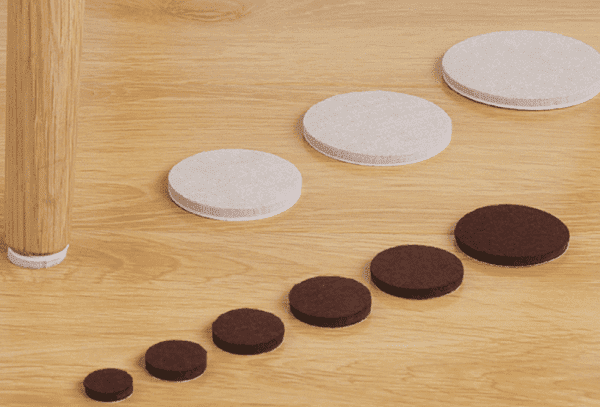
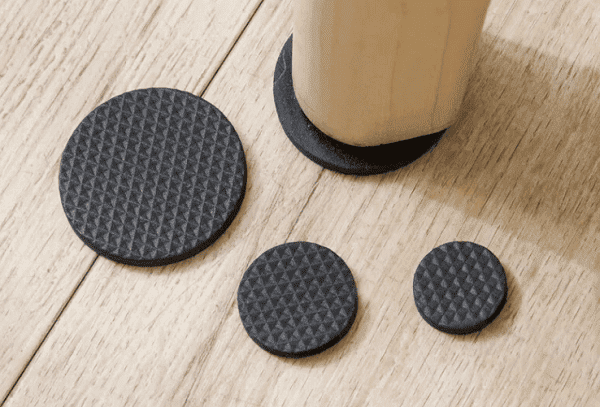
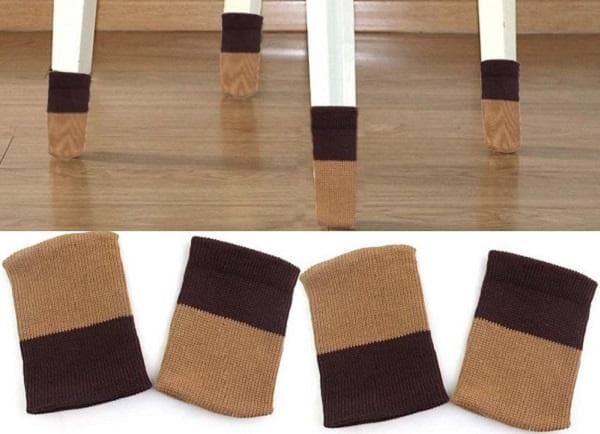
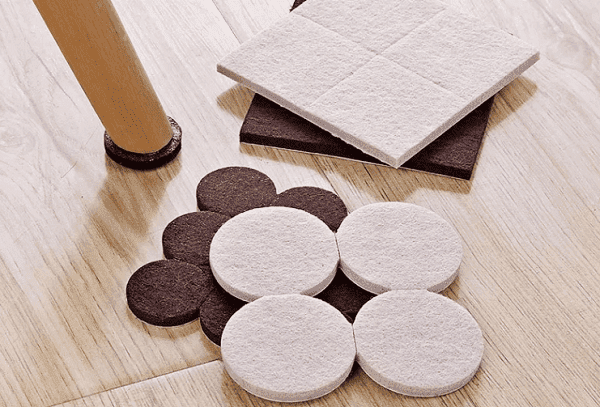
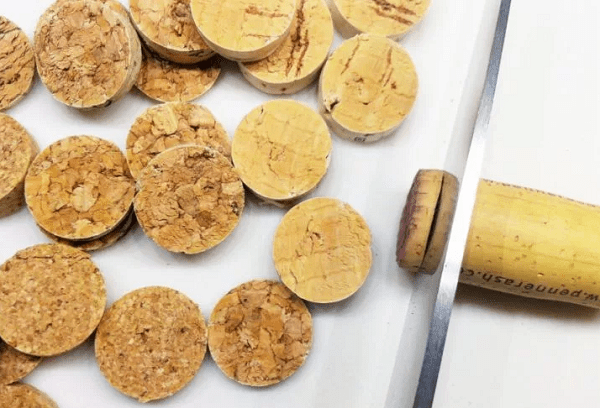
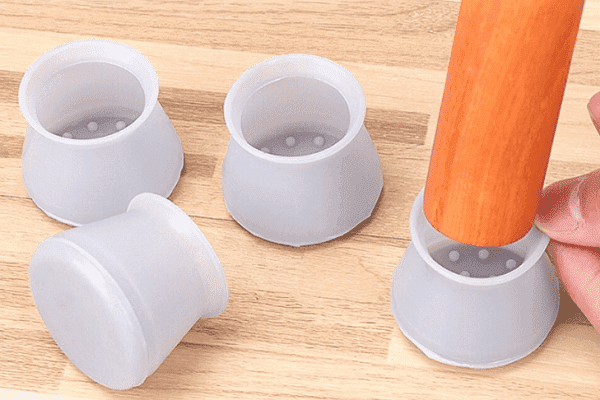
I didn’t even remember about the rubber under the backing!! but I have it!! and I’m thinking about making squares for the computer table..!! the factory plastic ones fell apart! thank you! The rubber will naturally not slide when dragged along the floor of the table, but you can glue construction paper tape on top!!!
Thank you! Very relevant article